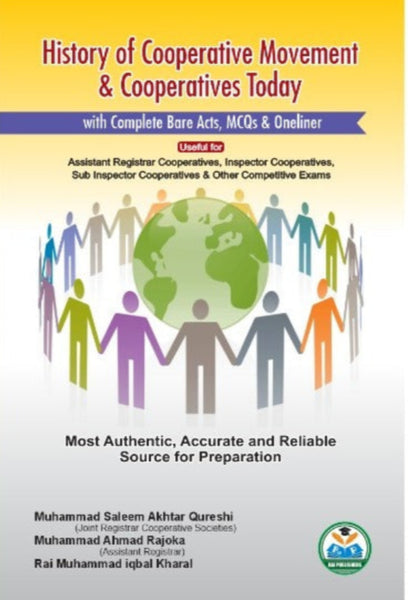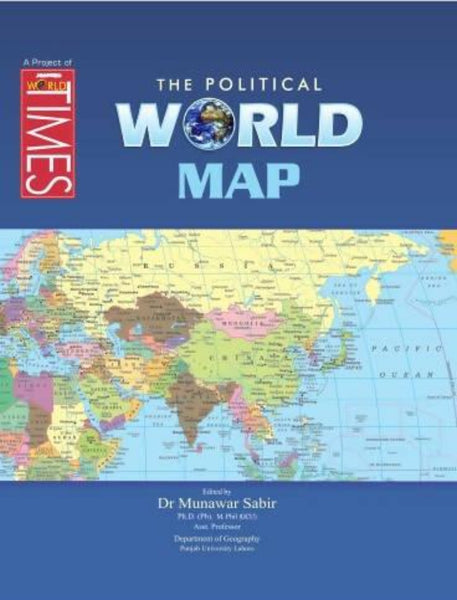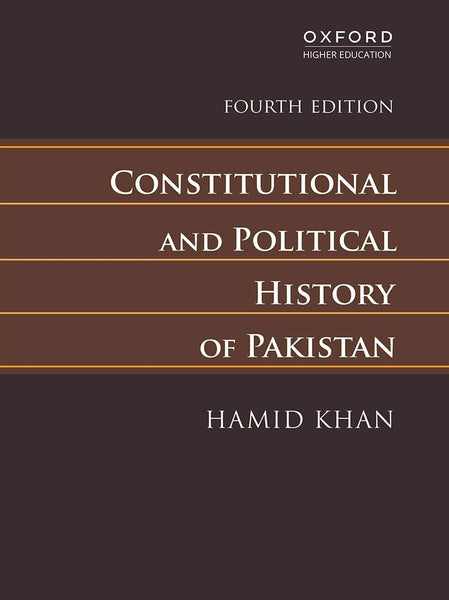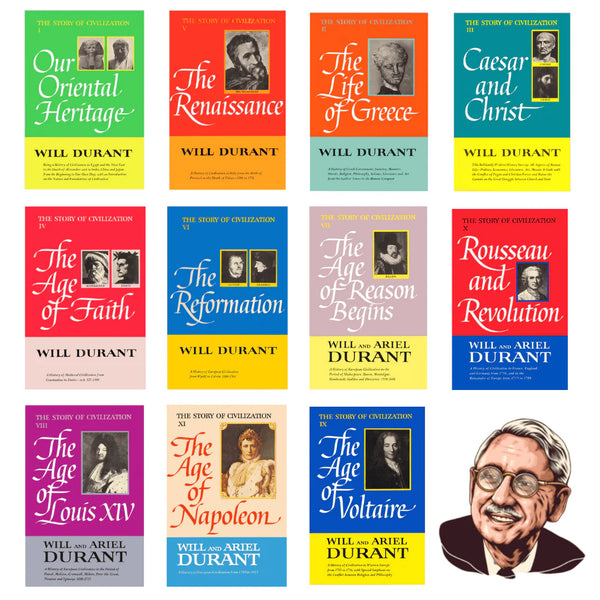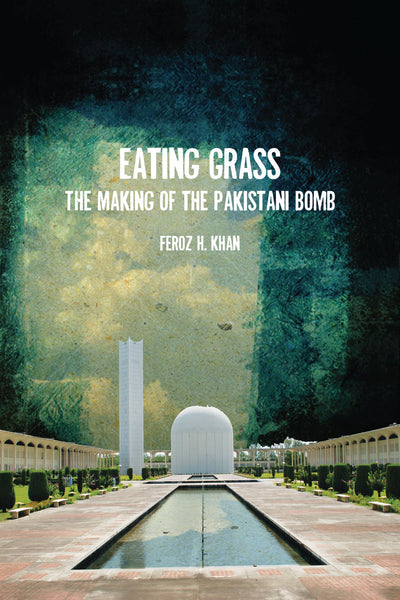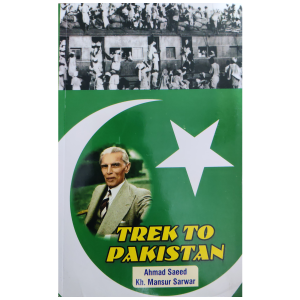The Aftermath of Partition in South Asia by Gyanesh Kudaisya (Author)
- Publisher: POLITICAL SCIENCE
- Availability: In Stock
- SKU: 47751
- Number of Pages: 342
Rs.960.00
Rs.1,195.00
Tags: 1947 Partition , Bengal Partition , best books , Best Price , Best Selling Books , Border Formation in South Asia , British Decolonization , British Raj End , Cold War in South Asia , Communal Violence , Creation of Bangladesh , Displacement and Resettlement , Economic Impact of Partition , Ethnic Cleansing in Partition , Gyanesh Kudaisya , Hindu-Muslim Divide , Independence Movement , India-Pakistan Relations , Kashmir Conflict , Legacy of Partition , Memory and Trauma of Partition , Nation-Building in India and Pakistan , Nehru and Jinnah , ONLINE BOOKS , Online Bookshop , Political History of South Asia , Post-Partition Migration , Punjab Partition , Refugee Crisis in South Asia , Religious Conflicts , Routledge Studies in the Modern History of Asia , Social Consequences of Partition , South Asian Diaspora , Tai Yong Tan , The Aftermath of Partition in South Asia
The Aftermath of Partition in South Asia: Routledge Studies in the Modern History of Asia
Authors: Gyanesh Kudaisya, Tai Yong Tan
Introduction
The Aftermath of Partition in South Asia provides an in-depth exploration of the consequences of the 1947 Partition of British India, a pivotal moment in South Asian history. The book examines how the division shaped the political, social, and economic landscapes of India and Pakistan, highlighting the lasting effects on governance, identity, and inter-community relations. Through a scholarly yet accessible approach, the authors analyze the human cost of displacement, the restructuring of national policies, and the emergence of new political and military tensions in the region.
Key Points
1. Political Reorganization and Nation-Building
- Discusses how India and Pakistan navigated their early years of independence while forming new political systems.
- Explores the role of leadership in shaping national identities post-Partition.
2. Social and Human Impact
- Examines the large-scale displacement of people and the challenges of refugee rehabilitation.
- Highlights the social and cultural transformations experienced by affected communities.
3. Economic Consequences
- Analyzes the economic shifts resulting from the division of resources and industries between India and Pakistan.
- Investigates how Partition disrupted trade networks and shaped long-term economic policies.
4. Border Disputes and Military Conflicts
- Explores how Partition laid the groundwork for territorial conflicts, including the Kashmir issue.
- Discusses the military strategies and wars that followed in the post-Partition decades.
5. Memory, Identity, and Historical Narratives
- Investigates how Partition is remembered differently in India, Pakistan, and Bangladesh.
- Explores the role of literature, cinema, and oral histories in shaping the collective memory of Partition.
Why Read This Book?
- Provides a comprehensive analysis of the long-term effects of Partition on South Asia.
- Bridges historical research with contemporary issues, making it relevant to modern geopolitical studies.
- Offers insights into how Partition continues to influence Indo-Pak relations and regional stability.
- Ideal for students, researchers, and anyone interested in South Asian history and politics.
Conclusion
The Aftermath of Partition in South Asia by Gyanesh Kudaisya and Tai Yong Tan is a critical study of one of the most significant events in modern history. By examining its lasting political, social, and economic repercussions, the book offers valuable perspectives on the challenges that continue to shape the subcontinent today.



